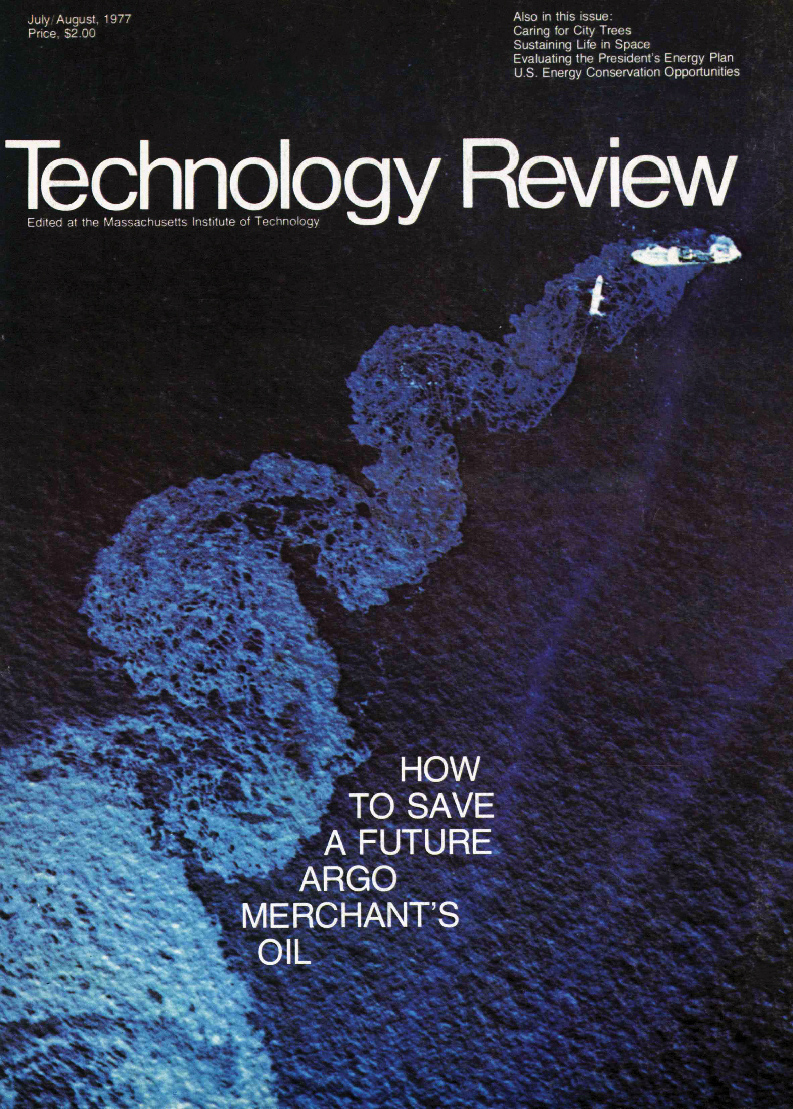The Inevitable EV

“The electric car seems inevitable. As oil resources dwindle, it will appear far more prudent to develop an automobile powered by electricity, charged by an already-in-place power generation system, than to invest in huge plants to produce synthetic gasoline. Electric automobiles would snuggle nicely into a large, unexploited niche in the electric economy by recharging at night when electric demand is low and power plant capacity idle.
But as yet electric cars have proven abysmal technical failures. For example, in its 1975 tests of two electric cars on the market, Consumer Reports magazine found ‘major safety and operating problems.’ The cars performed poorly, not even living up to their modestly advertised abilities. They accelerated sluggishly, balked at hills, and petered out at inopportune times. The magazine declared that ‘it would be foolhardy to drive either car on any public road.’ The electric cars now on the market have a range of only about 30 miles at 50 miles per hour, with 0-to-30 acceleration times of about 12 seconds. What’s more, the cars were not significantly cheaper to run than comparable gasoline-powered subcompacts.
Two test electric vehicles recently commissioned by the Energy Research and Development Administration could mark some resurgence for the electric car. The two electric car versions are being built for E.R.D.A. by General Electric Co. and AiResearch Manufacturing Co.
Both vehicles will possess about the same range and performance characteristics—70 miles between charges, 60-mile-an-hour speeds, and 0-to-30 m.p.h. in about eight seconds. They will also both be about the size and weight of a conventional subcompact, and will operate for about the same costs as a conventional car.
Officials at E.R.D.A. expect the two cars’ performance to help the electric car become an acceptable commuting vehicle in a few years, even using today’s relatively low-efficiency lead-acid batteries. The high-energy batteries expected in about a decade should improve performance even further.
Even the E.R.D.A. electric cars must overcome many safety and operating obstacles, however. For example, Consumer Reports cited the hazards of sulfuric acid spilling from ruptured batteries in the event of an accident. And the magazine’s engineers discovered that during cold weather battery performance plummeted, rendering the electric cars they tested practically useless.”
Excerpted from “Zapmobile,” in the July/August 1977 issue of Technology Review.
Keep Reading
Most Popular
Large language models can do jaw-dropping things. But nobody knows exactly why.
And that's a problem. Figuring it out is one of the biggest scientific puzzles of our time and a crucial step towards controlling more powerful future models.
The problem with plug-in hybrids? Their drivers.
Plug-in hybrids are often sold as a transition to EVs, but new data from Europe shows we’re still underestimating the emissions they produce.
Google DeepMind’s new generative model makes Super Mario–like games from scratch
Genie learns how to control games by watching hours and hours of video. It could help train next-gen robots too.
How scientists traced a mysterious covid case back to six toilets
When wastewater surveillance turns into a hunt for a single infected individual, the ethics get tricky.
Stay connected
Get the latest updates from
MIT Technology Review
Discover special offers, top stories, upcoming events, and more.